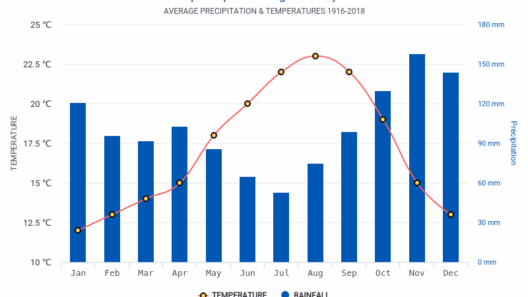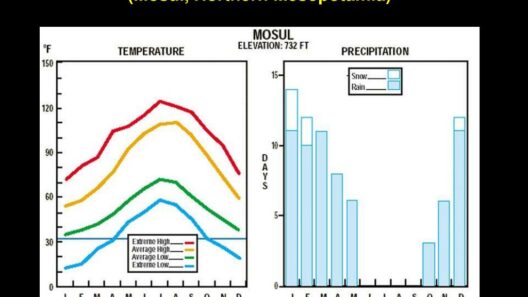In an age where sustainability is paramount, the storage industry—encompassing both PODS (Portable On Demand Storage) and public self-storage facilities—has emerged as a facilitator of organization amid life’s messiness. However, when evaluating these services, a pivotal question arises: Do PODS and public storage facilities genuinely deliver on the promise of climate control? This inquiry not only resonates with those in need of space solutions but also with conscientious consumers who recognize the broader implications of their choices on the environment.
Understanding climate control is essential to deciphering the adequacy of these storage solutions. Climate-controlled storage refers to units that maintain a consistent temperature and humidity level, safeguarding sensitive items from potential damage. Ideal conditions typically hover around 55°F to 85°F, with humidity levels kept below 55%. This controlled environment is particularly beneficial for items like wooden furniture, antiques, electronic equipment, and important documents, which can deteriorate under adverse conditions.
To address the initial question, it is imperative to examine the claims made by PODS and public storage companies regarding their climate control capabilities. Some facilities boast temperature regulation and moisture control as key offerings, often marketing themselves as superior options for safeguarding precious belongings. However, what lies beneath these assertions? A closer look reveals a spectrum of standards in practices, technology, and implementation across various providers.
Let us first consider the claims of PODS. They promote a range of containers, some of which are designed to be weather-resistant. These PODS are particularly advantageous for customers seeking short-term storage solutions but are subject to direct exposure to external elements. While some customers might assume that mobile storage units possess inherent climate control, this is not necessarily the case. Most PODS lack the sophisticated HVAC systems found in traditional climate-controlled facilities. This distinction is crucial for individuals storing valuable or sensitive items for extended periods.
Similarly, public storage providers often present their climate-controlled units as appealing alternatives. However, not all units equipped with climate control are created equally. While many facilities might advertise climate control, the effectiveness and consistency of such control can vary widely. Factors such as the age of the technology, maintenance routines, and even the geographic location of the facility can markedly impact the environment within the storage unit.
What is often overlooked is the necessity for rigorous monitoring of these climate-controlled environments. A truly effective climate-controlled storage solution should incorporate state-of-the-art climate monitoring systems that offer real-time data. Some advanced facilities employ dedicated sensors that track temperature and humidity fluctuations, issuing alerts if conditions deviate from a predefined range. This level of diligence is not uniformly present in all facilities, suggesting that customers need to conduct thorough research before committing to storage solutions.
Another factor influencing the efficacy of climate control is the design of the storage facility itself. Facilities that integrate sensible architectural elements—such as ample insulation, well-constructed walls, and advanced sealing techniques—will likely offer superior temperature and humidity management compared to those that do not prioritize such features. This structural integrity is an essential aspect that customers should consider when choosing between storage options.
The ramifications of ineffective climate control extend beyond mere inconvenience. Valuable items—be it sports memorabilia, family heirlooms, or expensive electronics—can suffer irreparable damage in inadequately controlled environments. Water damage can warp wood, humidity can foster mold growth, and extreme temperature fluctuations can compromise the integrity of electronics. In an era emphasizing preservation and sustainability, the responsibility falls on consumers to ask pointed questions about a storage facility’s climate control measures before proceeding.
Moreover, with the ever-increasing awareness of climate change and its effects, it becomes imperative to scrutinize the environmental impact of these storage solutions. The energy consumption associated with maintaining climate control systems can contribute significantly to a facility’s carbon footprint. Therefore, customers should consider how the facilities manage energy efficiency. Do they utilize renewable energy sources? Have they implemented energy-saving technologies? These elements play a crucial role in aligning storage choices with broader environmental values.
While the promises surrounding climate-controlled storage may seem alluring, the key lies in demanding transparency and accountability from providers. Comprehensive research encompassing reviews, testimonials, and direct inquiries can illuminate the true capabilities of a facility’s climate control. Engaging with customer service representatives to ask specific questions about temperature and humidity management systems can provide vital insights that aid in decision-making.
Ultimately, understanding the intricacies of climate control in PODS and public storage is not merely a matter of convenience; it is a conscious choice aligning with environmental stewardship. It incites curiosity in consumers, prompting them to ponder the fate of their belongings—and the ecological footprint of their decisions.
In conclusion, while both PODS and public storage facilities present attractive solutions for temporary or long-term storage needs, the effectiveness of their climate control offerings varies considerably. Scrutinizing their claims, examining the technology behind their systems, and considering their commitment to sustainability is paramount. An informed choice will not only ensure the protection of valued possessions but will also reflect a deeper commitment to defending our planet against the perils of climate change.







